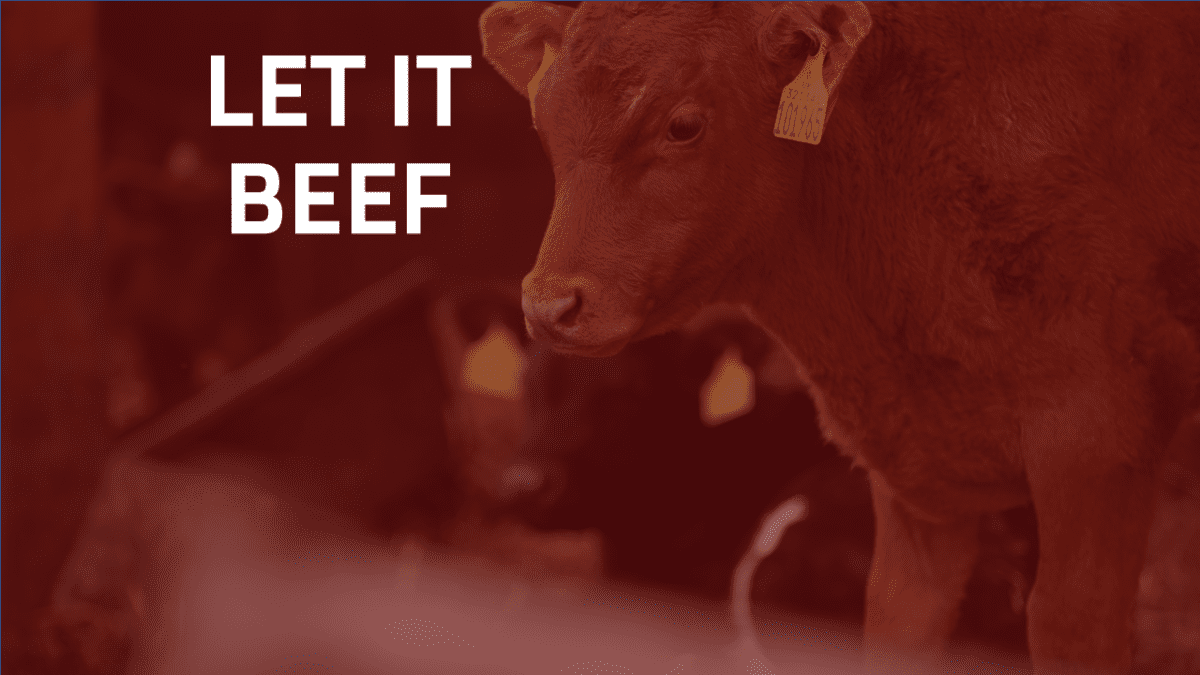How to Avoid the Pitfalls of Producing Sustainable Beef

Sustainable beef production promises a unique selling proposition: a product that’s good for the environment, good for the cattle, and good for your customers’ plates. However, building a successful sustainable beef operation requires careful planning and a keen eye for potential pitfalls.
We all can readily admit that pasture beef hasn’t always been the model of consistency. From years ago, many farmers have continued to face rising costs of inputs that threaten to squeeze their margins dry. This is a wake-up call, and a realization that the “business as usual” approach isn’t sustainable. So, many farmers have decided to take a leap of faith and transition to a 100% grass-fed operation. This not only improves their environmental footprint but also yields a consistent supply of high-quality beef year-round.
However, one of the top challenges for beef producers worldwide, particularly smallholder farmers, is the lack of resources and knowledge necessary to adopt sustainable practices. Most of these farmers often view their livestock as collateral rather than a business asset.
Enroll in the Livestock Management Online Course
Here are some key takeaways and approaches to counter the challenges and take advantage of the opportunities in the beef sector.
- Genetics Matter: Don’t skimp on quality cattle. Investing in good genetics ensures your animals reach their full potential, maximizing yield and ultimately, profit. Remember, once the animal leaves the ranch, processing and marketing costs remain relatively fixed. Getting the most kilos out of each animal is crucial for financial viability.
- Plan for the Whole Beast: A common pitfall, is failing to consider the entire carcass when planning sales. While restaurants might be eager for premium cuts like steaks, these only make up a fraction of the animal. Don’t get caught with a mountain of ground beef you can’t move. Develop a strategy to effectively sell all parts of the animal.
- Know Your Market: Understanding your customer base is paramount. Don’t assume everyone wants a whole cow or even half. Consider factors like volume and target audience when deciding on packaging and sales strategies. Remember, a full cow represents a significant investment for most consumers, and a negative experience can turn them away from sustainable beef altogether.
- Feed the Land, Feed the Cattle: Consistent, high-quality grass is the cornerstone of any beef producer’s success. A diverse pasture mixture is highly recommended—a blend of cool and warm season legumes, annuals, and perennials. This approach ensures year-round nutritional value for the cattle, translating into consistent growth and top-notch beef. Monoculture pastures, on the other hand, only reach peak nutrition once a year, making it impossible to maintain optimal cattle growth throughout the year.
Thankfully, initiatives like the Global Roundtable for Sustainable Beef have been established to advance, support, and communicate continuous improvement in the sustainability of the global beef value chain through leadership, science, and multi-stakeholder engagement and collaboration.
In Africa, for example, the Southern Africa Regional Roundtable for Sustainable Beef has emerged, bringing together stakeholders from finance, health, government, and research to support smallholder farmers in mitigating animal diseases, creating market linkages, and accessing financing. The Southern Africa Regional Roundtable for Sustainable Beef was established as the regional extension of the Global Roundtable for Sustainable Beef.
Other Top Stories
- There is a Smarter Approach to Mineral Management After Heavy Rains!
- Kenya’s Resilience and Missed Opportunities in Livestock Production
- Key Conversations Before Passing the Farm Torch After Retirement



